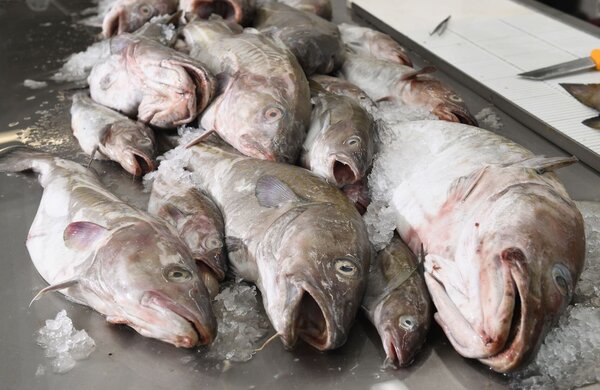Expertise
Effects of chemical warfare agents on fish
Jörn Scharsack, Ulrike Kammann | 25.08.2022
Chemical warfare agents were predominantly dumped in deeper areas of the Baltic Sea because of their hazardousness and brisance. Studies on fish to date do not yet provide a clear picture of their endangerment status.

There are about 45,000 - 65,000 tonnes of chemical warfare agents in the depths of the Skagerrak and the Bornholm Basin; about 5,000 tonnes in the German parts of the Baltic Sea.
The Thünen Institute of Fisheries Ecology was involved in investigations in dumping areas for chemical munitions in the Skagerrak. Deep-sea hagfish (Myxine glutinosa) were studied as a model fish species, as they live on the seabed near the dumped munitions. In the vicinity of dumped chemical munitions, hagfish showed altered activity of enzymes that are involved in detoxification processes and are considered biomarkers for environmental stress (result of DAIMON project partners). This suggests that the animals absorb residues from the chemical warfare agents. No externally visible physical damage or pathological changes in internal organs were observed in the hagfish.
Cod from the Bornholm Basin also did not show health damage in examinations (Thünen) , but also altered enzyme activity (DAIMON project partners). In the fillet of some of the cod examined, traces of arsenic-containing residues were discovered, which probably originated from chemical weapons.






